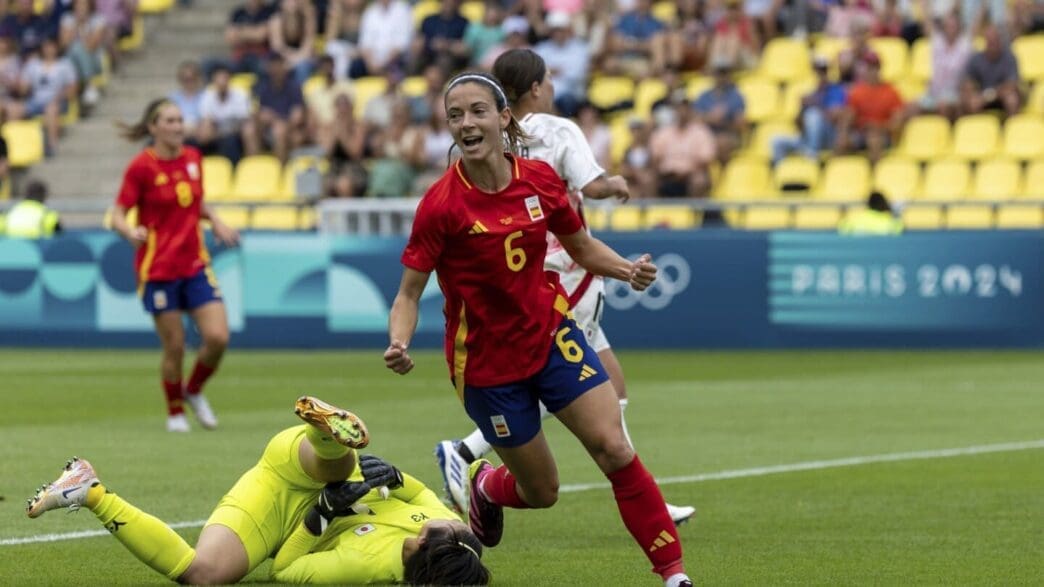As the world of sports streaming continues to evolve, a major player has entered the field. Netflix has secured the broadcasting rights for the Women’s World Cup in 2027 and 2031. This move marks the platform’s most significant foray into live sports, highlighting the growing global enthusiasm for women’s soccer.
Netflix’s decision to broadcast the Women’s World Cup reflects its strategy to expand into live sports. This agreement with FIFA underscores a shift in how sports events are consumed, moving from traditional TV to streaming platforms. By 2027, the Women’s World Cup—set to be hosted in Brazil—will be available to millions of viewers in the United States via Netflix, followed by another edition in 2031. While the financial specifics remain undisclosed, the importance of this deal is unmistakable.
“Bringing this iconic tournament to Netflix isn’t just about streaming matches,” explained Netflix’s chief content officer Bela Bajaria. “It’s also about celebrating the players, the culture, and the passion driving the global rise of women’s sport.” This partnership suggests Netflix’s commitment to not just providing live sports but also engaging narratives surrounding these events, possibly through exclusive documentaries on players and their journey to the tournament.
Historically, World Cup broadcasts have been the domain of free-to-air networks, designed to maximize audience reach. However, women’s tournaments typically draw less lucrative deals compared to men’s events. For instance, the 2023 Women’s World Cup generated less than 10% of the revenue of the 2022 men’s event. FIFA president Gianni Infantino had previously criticized European broadcasters for undervaluing the women’s game. Now, the Netflix deal is poised to redefine these perceptions and bolster the value of women’s soccer globally.
This move into sports is part of Netflix’s broader strategy to diversify its content offerings. Having recently streamed a high-profile boxing match and secured rights for NFL games, the platform is feeling its way into sports broadcasting, a move that aims to boost its advertising revenue. According to industry experts, these ventures are a calculated risk. “(Netflix) get experience of football broadcasting,” noted Kieran Maguire, a soccer finance expert. “FIFA can say, ‘we are now partnering with a blue chip organization, so watch out you nasty Europeans’—this is saber-rattling by Infantino.”
The financial implications extend beyond ad revenues. FIFA hopes this partnership will facilitate negotiations with European networks and increase funds to close the gender pay gap in World Cup prize money. During the men’s 2022 World Cup in Qatar, $440 million was shared among the teams, whereas the women’s 2023 tournament had a total fund of $152 million.
Interestingly, Netflix will produce exclusive documentaries in the lead-up to the tournaments, highlighting top players and their stories. This not only adds value to Netflix’s sports coverage but also aligns with its tradition of creating engaging narratives and documentaries that captivate its vast audience.
The 2031 Women’s World Cup has yet to find a host, although the U.S. appears to be a frontrunner in the bidding process. The tournament is expected to expand to 48 teams, reflective of the men’s World Cup format set for 2026, also to be hosted in North America. This expansion is seen as both a challenge and an opportunity to further enhance the profile and competitiveness of women’s soccer.
Netflix’s partnership with FIFA for broadcasting the Women’s World Cup not only marks a significant step for the streaming service but also represents a pivotal moment for women’s soccer. As Netflix ventures into live sports, this deal could lead to more widespread recognition and appreciation for the women’s game, potentially reshaping the landscape of sports broadcasting. Through this collaboration, both Netflix and FIFA aim to harness the power of storytelling and streaming technology to elevate women’s sports to new heights.
Source: Apnews








